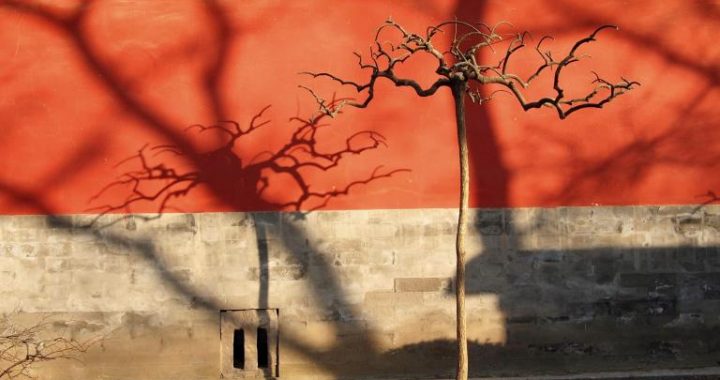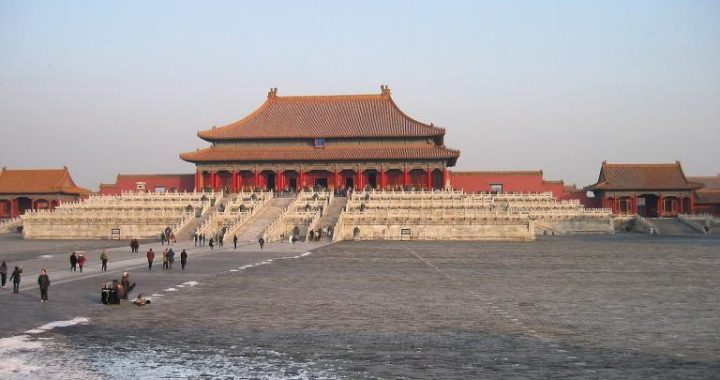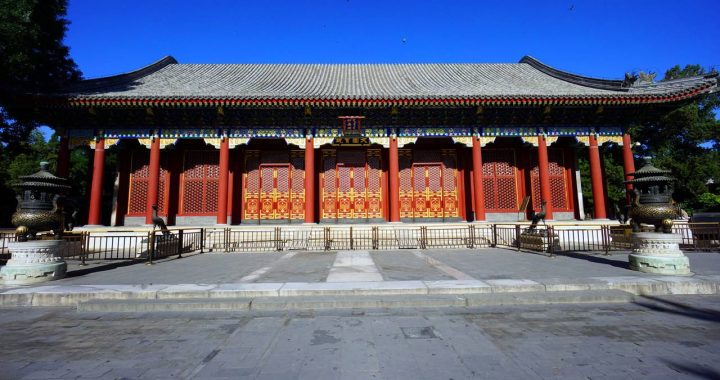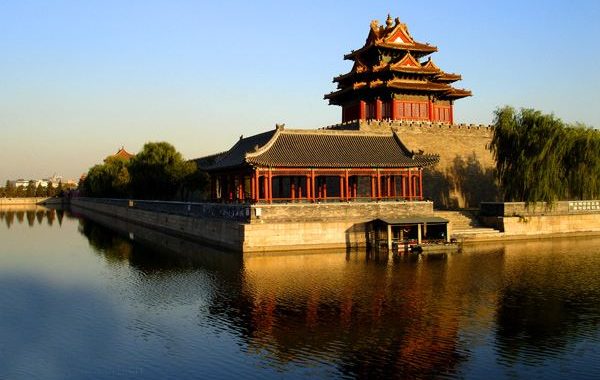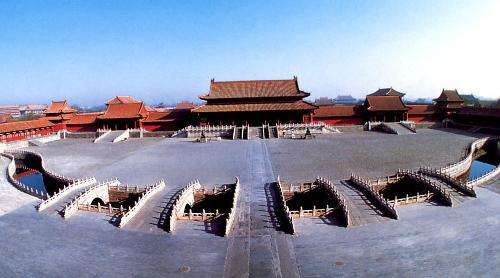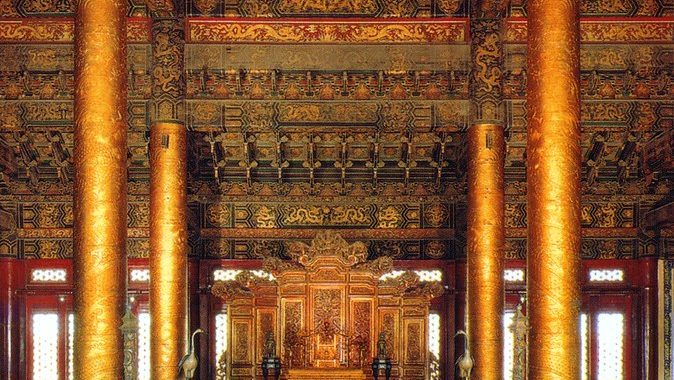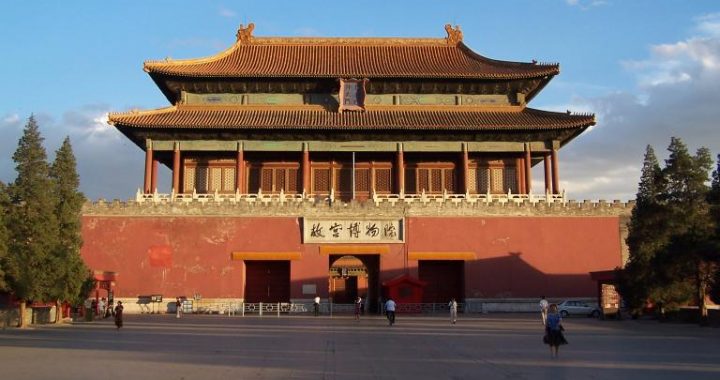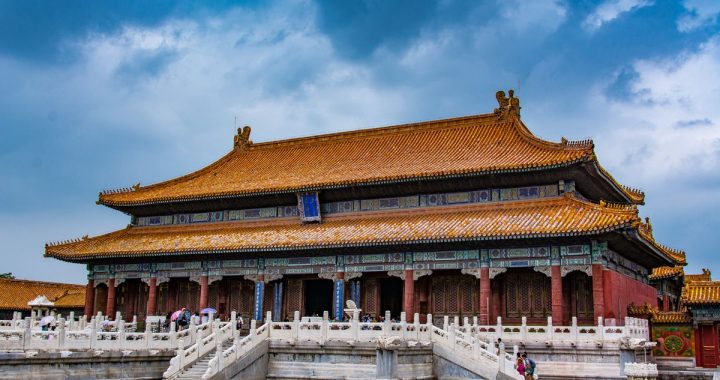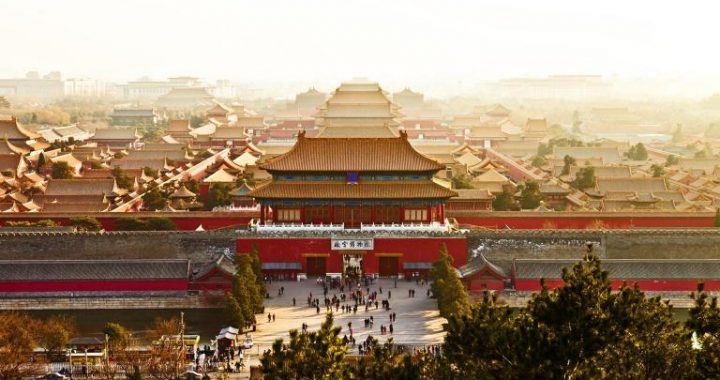The Palace Museum in Beijing
3 min readPuyi’s abdication did not force him to leave the Forbidden City. According to the Articles of Favorable Treatment of the Qing House agreed between the Nationalist Government and the Imperial Family, Puyi only retreated from the Outer Court where the emperors dealt with state affairs. The imperial family still lived in the Inner Court where the court continued to use the imperial calendar and keep imperial ritual, addressing Puyi as emperor. On December 1st,1922, Puyi got married. The grand wedding ceremony followed the imperial format. This instance, along with many others including Zhang Xun’s restoration, made public realize the importance ofexpelling Puyi out of the Forbidden City. In November 1924, General Feng Yuxiang ordered to expel Puyi out of the Forbidden City by force. On October 10,1925, the Palace Museum was established. The museum started to sort out the old imperialcollection, open exhibition galleries, receive visitors and issue publications.
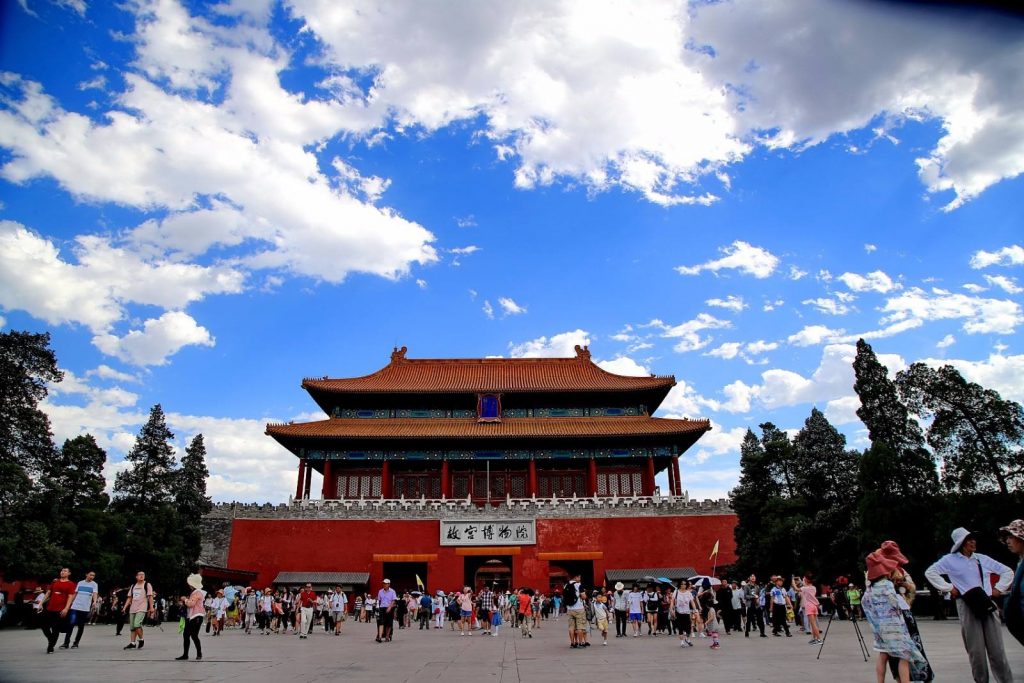
However, due to political turbulence, the museum management changed frequently. The wrong accusation of Yi Peiji, the first director-general, proved to be a great loss to the new museum.
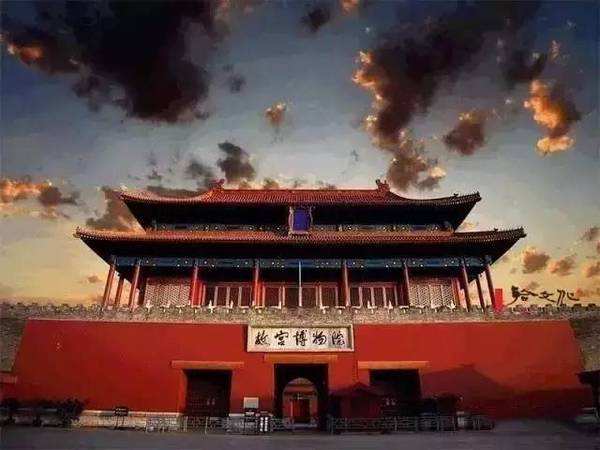
In 1931, Japanese army invaded the three northeast provinces (Liaoning, Jilin and Heilongjiang) in China. The board of the Museum decided to move important works of art to Shanghai. This move was approved by the Nationalist Government but caused a huge controversy. Some people were worried that the transport of antiquities might stir social turmoil and insisted on detaining them. To avoid trouble, the first group of 2118 crates was quietly collected and put together in front of the Gate of Supreme Harmony, then escorted by the police to the railway station after dark on February 5,1933. Their destination was concession in Shanghai but was opposed by some people who argued that it was insecure and harmed national dignity. Their suggestion was to store the crates in Luoyang and Xi’ an, however, proper storage was not available there. The crates had to be kept in a temporary storage in Shanghai, although it was not an ideal choice with dense population, bad public security and frequent fire alarm. The Board decided to establish Nanjing branch of the Palace Museum and build up storages in the Chaotian Palace. The storage was athree-floor building in reinforced concrete. In 1936, the crates safely arrived in Nanjing.
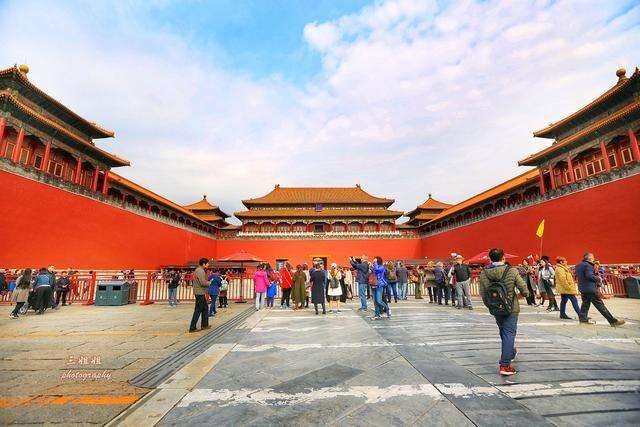
In 1937, the national situation became worse. The artifacts were divided into three groups heading south, north and central China. The southern-bound objects first moved to Changsha then to Guiyang, in 1944 to Ba county (Ba Xian) in Sichuan province. The northern-bound objects went through Xuzhou, Baoji, Hanzhong, Chengdu finally arrived in E’ mei of Sichuan province. The last group was transported via Yichang, Chongqing, Yibin till Leshan in Sichuan province. In spite of the long distance, all the difficulties and dangers, there was no single loss.
In 1945, after the victory over Japan, the crates were moved back to Nanjing andstayed in the storage in the Nanjing branch. Then, civil war broke out; it became impossible for the museum to transport them back. Before the liberation of Beijing, the Nationalist government in Nanjing asked Ma Heng, the director of the Palace Museum, to pack the treasures in Beijing Palace Museum and transport them toNanjing. On the excuse that the packing had to be secure, Ma Heng delayed the departure time ti1l the PLA entered Beijing. One sixth of the artifacts in Nanjing
were moved to Taiwan, including paintings, calligraphy, ceramics, curios, books and archives. In 1965, the National Palace Museum in Taipei opened to the public.
